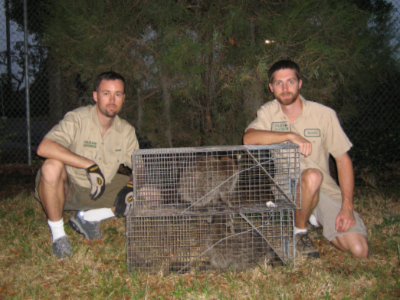How to get raccoons out of your attic
Raccoons can be a real problem in your attic. They can tear off the insulators, gnaw into ductwork, pipes and tubes. They can also pile foul-smelling messes. In most cases, raccoons hide in the attic to make a den for their unborn babies around April and May. Therefore, most raccoons found in the attic are females with their babies.
While inside the attic, raccoons can cause different types of damage which include:
- Ripping off the wood supporting the roof
- Tearing of wires and ducts
- Tearing of wires and ducts
- Tearing away insulation tapes and pipes
- Crushing of insulations and wires
- Leaving droppings and urine behind creating a nasty scene and damage to surfaces.
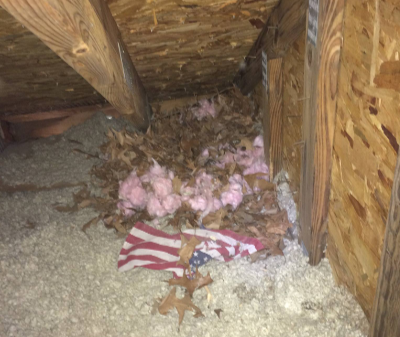
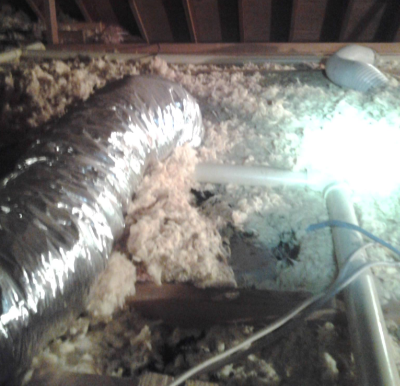
Besides that, raccoons can stay in the attic for more than eight months until their babies grow to maturity. Due to their large size, their presence can never go unnoticed.
Signs that will let you know that raccoons are in your attic.
Noise and movements: You can hear some movement or thumping, especially during the night when they are active. In addition, you can also hear babies whining and crying.
Droppings and urine: When raccoons live in your attic, it’s without doubt that you’ll find their poop and pungent smelling urine.
Presence of Raccoons: Occasionally, you may spot the raccoons moving in and out of the attic.
Steps on how to eliminate raccoons from your attic
Find the entry point: Inspect your house all around for any holes or a crack that might serve as the entry point.
Removing their nest: Identify if there are raccoon babies in the attic. If found, handle them carefully.
Trapping the mother raccoon using the babies: Do this by putting the babies in a cage, after which she will follow them inside the cage. Alternatively, you can use the snare pole.
Repair the entry hole: After getting rid of the raccoons, repair the entry points to avoid future re-invasion. Use mortar to seal large holes and caulking to seal smaller holes that can allow other pests into your attic.
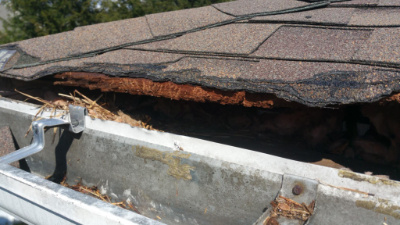
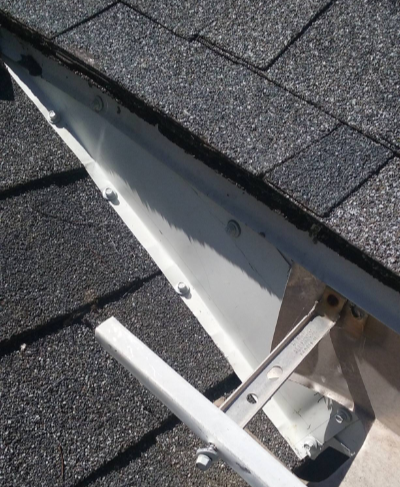
Note: Even though you have an option of killing the raccoons, it’s an inhumane way of removing raccoons from your attic. Besides that, it can also land you into a legal breach that might end up in hefty fines. Therefore, use other recommended ways.
Other ways of preventing raccoons from denning in your attic include:
Using bright lights to scare away raccoons: Being nocturnal, these bandits are photophobic. Therefore, they will keep away from bright light thus migrating to another area. This is one of the most humane and cheap ways of keeping your attic raccoon-free.
Keeping your garbage secured: Since prevention is better than cure, keeping the garbage locked can be one of the sure ways to stop these mischievous mammals from ever getting back to your premises.
Ultrasonic repellant: When you use an ultrasonic repeller, waves emitted from this device scare the raccoons and keep them away.
Raccoon eviction fluid: This is a raccoon male scented fluid. Once the female gets this scent, it gets out of the attic, thinking it's a male raccoon invading her territory.
If your efforts of keeping raccoons out of your premises fail, then it’s the right time to involve professional pest removers or pest control agencies. Even though you’ll have to part with a few bucks, it will save you serious damage that could have been caused by raccoons in your premises.
You can find professional pest removers by searching online or by asking for recommendations from friends and family. Before hiring raccoon removal experts, get quotes from different agencies and find out the package that fits your budget. This will not only save you some money but also help you to know the cost of the project.

